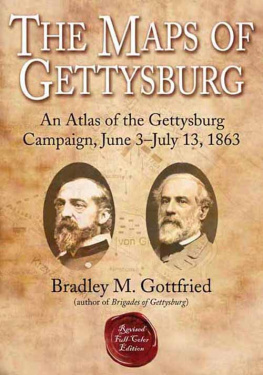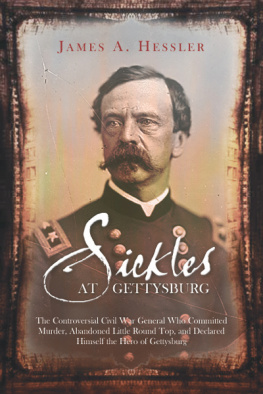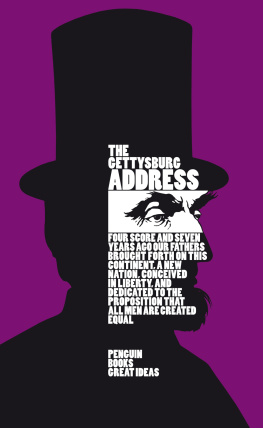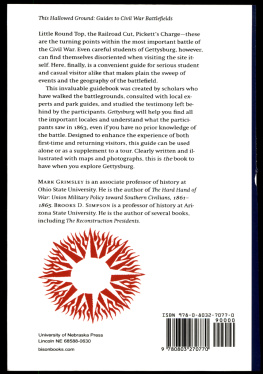Table of Contents
For
James Melvin Lindsey IV
Jate
Introduction
Whatever fatigues and sacrifices we may be called upon to undergo, let us have in view constantly the magnitude of the interests involved, and let each man determine to do his duty, leaving to an all-controlling Providence the decision of the contest. So wrote Major General George Meade upon assuming command of the Federal Army of the Potomac on the eve of the battle of Gettysburg. No troops could have displayed greater fortitude or better performed the arduous marches of the past ten days, wrote General Robert E. Lee of his Army of Northern Virginia on the march northward to Pennsylvania. Soldiers of both armies would indeed be required to display fortitude and endure fatigues and sacrifices in the epic struggle that lay ahead.
The three-day battle of Gettysburg would prove to be the largest engagement ever fought in North America and the bloodiest battle of the American Civil War. It would also prove to be the turning point of the war. The battles importance was immediately obvious to many of its survivors, including both common soldiers and officers. In letters, diaries, official reports, and memoirs, many of them tried to describe what they had seen and endured as the dramatic events of battle unfolded across the Pennsylvania countryside on July 13, 1863. Nothing written about the battle of Gettysburg is more powerful or evocative than the words of its eyewitnesses. Every tree is riddled with bullets, wrote one soldier, and the dead and wounded lie thick among the rocks. Observed another: The regimental flags and guidons were plainly visible along the whole line. The guns and bayonets in the sunlight shone like silver.
Their eyewitness accounts are surprisingly descriptive: There it was again! and again! A sound filling the air above, below, around us, like the blast through the top of a dry cedar or the whirring sound made by the sudden flight of a flock of quail. It was grape and canister.... And at times their words are also astonishingly frank, robbing all romance from the record of war: an officer [was] sitting with his back to the fence along the Emmitsburg road, having his lower jaw shot clean away; sitting there with staring eyes watching the men as they passed by to the charge. Remarkably, even as they fought to destroy each other, they remained aware that they were Americans all, and did not hesitate to recognize the valor of the enemy. This was indeed the great slaughter pen on the field of Gettysburg, wrote a Northern soldier of his Southern opponents, and in it lay hundreds of the brave heroes who an hour before buoyed up with hope and ambition were being led, as they fully believed, to victory....
Here, in the words of those who lived through the battle of Gettysburgand some who did notis an eyewitness history of the Civil Wars greatest battle. Forged as it was in the flame of battle by those who were there, and illustrated by period images, it is both authoritative and intimate, fascinating and unforgettableit is the Illustrated Gettysburg Reader.
CHAPTER ONE
Advance into Pennsylvania
By late June of 1863, the gentle rains of spring and early warmth of summer had brought a rich green hue to the fields and forests around the southern Pennsylvania town of Gettysburg. A dense green canopy of hardwood trees shaded the rocky crests of Little Round Top and Culps Hill, and cloaked the steep slope of Herbst Woods. Local waterways such as Willoughby Run, Marsh Creek, and Plum Run flowed briskly through the fields and woodlands that surrounded the town. In between Seminary Ridge and Cemetery Ridge the pastureland was green with grass and clover, marked here and there by pastel-colored patches of wheat, oats, and barley. Baked by the summer sun, the Emmitsburg Road entered town from the south in between rows of weathered wooden fences; to the west, the Chambersburg Turnpike entered town after rising and falling over Herr Ridge and McPhersons Ridge.
It was these two roads, among others, that would soon bring the storm of war to Gettysburg. A medium-sized farm-country town of approximately 2,400 residents, Gettysburg was the county seat of Adams County, and in some ways it appeared similar to the neighboring towns of York and Chambersburgwith the exception of its roads. Gettysburg radiated roads like the spokes of a wheel.
Surrounded by peaceful ridges, fields, and forests, the southern Pennsylvania town of Gettysburg seemed an unlikely site for the Civil Wars bloodiest battle. National Archives
No fewer than ten highways converged on the townmore roadways than found in the state capital of Harrisburg. The convergence of so many highways in Gettysburg made the town a geographic magnet in southern Pennsylvania. As two huge Northern and Southern armies lumbered through the region that summer searching for each other and for a place to do battle, both were drawn to Gettysburg. There they would engage in the greatest battle of the American Civil War.
We Advanced toward the Potomac
General Robert E. Lee Launches the Gettysburg Campaign
On the morning of Monday, June 15, 1863, a long, dust-covered column of Confederate cavalry reached the Virginia side of the Potomac River south of Williamsport, Maryland. Uniformed in gray and butternut, the Southern soldiers eagerly spurred their horses down the riverbank and splashed across the wide, shallow Potomac ford toward the Maryland shore and the road to Pennsylvania.
Commanded by Brigadier General Albert G. Jenkins, they comprised the advance guard of General Robert E. Lees 75,000-man Army of Northern Virginia, which was advancing steadily through Virginias Shenandoah Valley bound for an invasion of Pennsylvania. There, on Northern soil, Lee hoped to fight and win a decisive battle that would hasten an end to Americas bloody Civil War and establish Southern nationhood.
Jenkinss Cavalry Brigade was screening the vanguard of Lees armyLieutenant General Richard S. Ewells Second Army Corpswhich a day earlier had defeated and dispersed a Federal garrison of troops at Martinsburg, Virginia. As they forded the Potomac near Williamsport and headed across Maryland toward the Mason-Dixon Line and Pennsylvania, the youthful cavalrymen were in high spirits, bolstered by their recent victory and the knowledge that as they rode into enemy territory, Robert E. Lees army followed behind them at peak strength.
Among their ranks was a young junior officer, Lieutenant Hermann Schuricht of the 14th Virginia Cavalry, who carefully kept a personal diary during his time in the field. In it, he recorded the opening actions of the Gettysburg Campaign.
Spearheading General Robert E. Lees 1863 invasion of the North, Confederate cavalry ford the Potomac River in this period newspaper illustration.


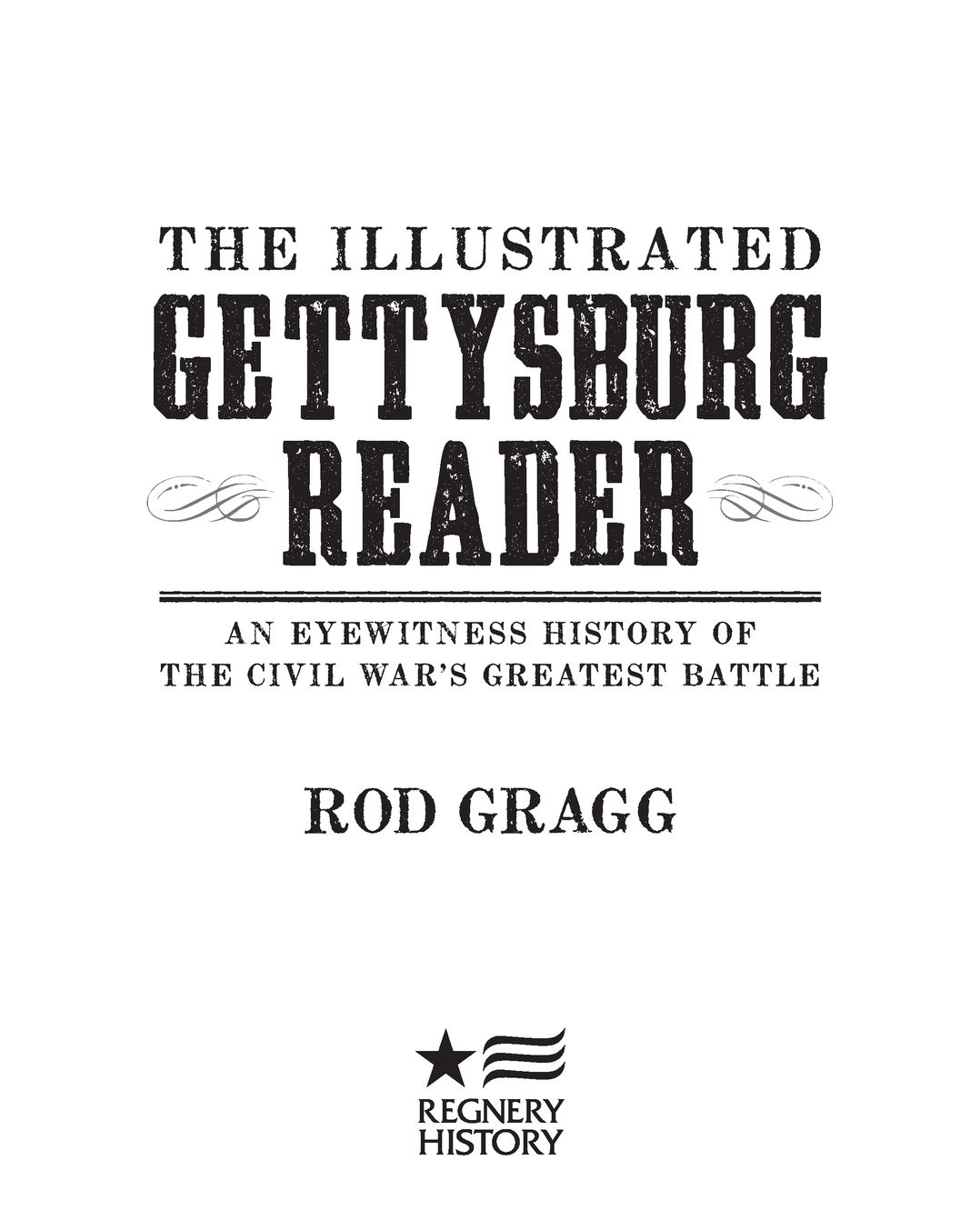




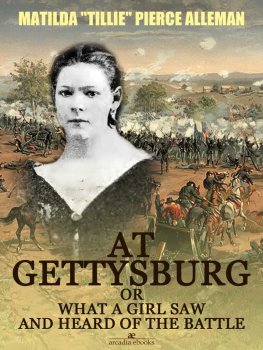
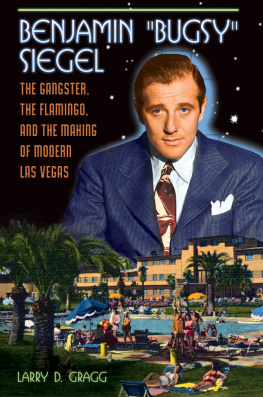
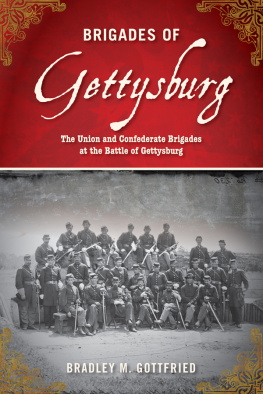
![Mark R. Gilmore - Artillery Employment At The Battle Of Gettysburg [Illustrated Edition]](/uploads/posts/book/291131/thumbs/mark-r-gilmore-artillery-employment-at-the.jpg)
